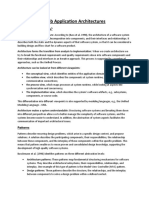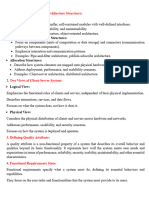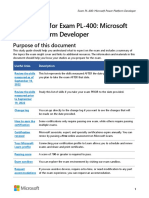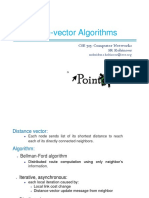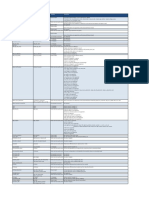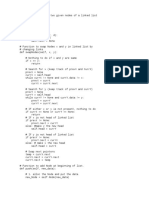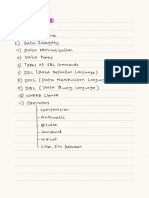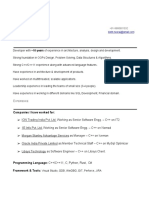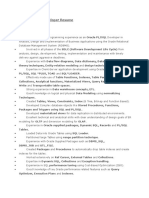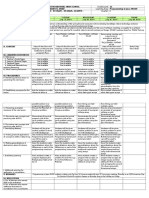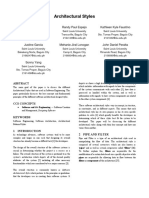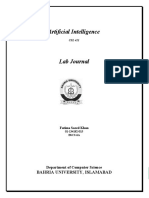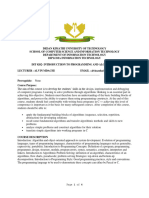0% found this document useful (0 votes)
17 views4 pagesSoftware Testing
Software architecture design involves the high-level structuring of a software system, defining components, their relationships, and interactions to meet functional and non-functional requirements. Key objectives include modularity, scalability, maintainability, performance, security, and cost efficiency, with various architecture styles such as layered, client-server, microservices, and event-driven. The design process encompasses requirement analysis, high-level design, component design, interface design, technology selection, validation, implementation, and ongoing maintenance.
Uploaded by
utkarshkmrsinghCopyright
© © All Rights Reserved
We take content rights seriously. If you suspect this is your content, claim it here.
Available Formats
Download as PDF, TXT or read online on Scribd
0% found this document useful (0 votes)
17 views4 pagesSoftware Testing
Software architecture design involves the high-level structuring of a software system, defining components, their relationships, and interactions to meet functional and non-functional requirements. Key objectives include modularity, scalability, maintainability, performance, security, and cost efficiency, with various architecture styles such as layered, client-server, microservices, and event-driven. The design process encompasses requirement analysis, high-level design, component design, interface design, technology selection, validation, implementation, and ongoing maintenance.
Uploaded by
utkarshkmrsinghCopyright
© © All Rights Reserved
We take content rights seriously. If you suspect this is your content, claim it here.
Available Formats
Download as PDF, TXT or read online on Scribd
/ 4













































